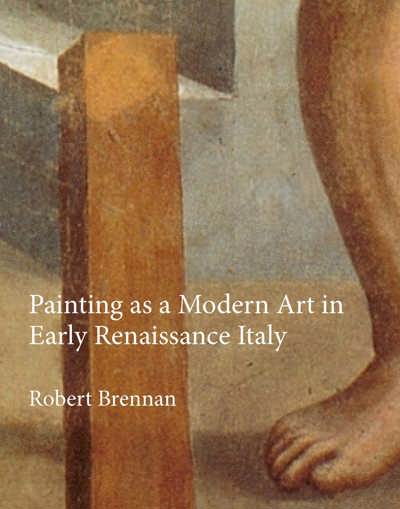
Pisanello and the Grounds of Invention
C. Jean Campbell
- Pages: xviii + 188 p.
- Size:220 x 280 mm
- Illustrations:69 col.
- Language(s):English
- Publication Year:2024
- € 100,00 EXCL. VAT RETAIL PRICE
- ISBN: 978-1-915487-12-4
- Hardback
- Available
Addressing the manifold grounds of Pisanello’s inventions, and tracking the habits imbedded in his imitative practice, Campbell offers a new approach to the art of one of the most famous painters of fifteenth-century Italy, a painter whose work remains endlessly fascinating, but has proven intractable to the interpretative procedures of modern art history.
C. Jean Campbell is Professor of Art History at Emory University in Atlanta. She has published on court culture and the art of the Italian communes, on vernacular poetics and the visual arts, on life-writing and the persona of Simone Martini, and most recently, on imitative practice and its secrets
The work of the fifteenth-century Italian painter Pisanello has long proven resistant the interpretative procedures of art history, in ways that point to the limits of those procedures as they evolved in the period after the Second World War. Taking Pisanello’s art as an example of a larger theoretical issue, the book proposes a model of interpretation that addresses the realm of imitative practice. Using Cennino Cennini’s Il Libro del’ Arte as a primer,the author argues for an approach that confronts the evidence of the artist’s self-tempering work, and then tests that model through an examination of Pisanello’s drawings and medals. She exposes the drawings as primary evidence of the ontological groundwork within which the painter finds his own habits of invention, and also demonstrates the value of looking for the groundwork in a selection of Pisanello’s official works, including the surviving wall paintings in Veronese churches. In the end, the author contends that the self-reflexive recognition of creative agency is a prerequisite for the apprehension of Pisanello’s art, especially the agonistic scenario staged in his panel of The Virgin and Child with Saints George and Anthony and its enigmatic signature.





